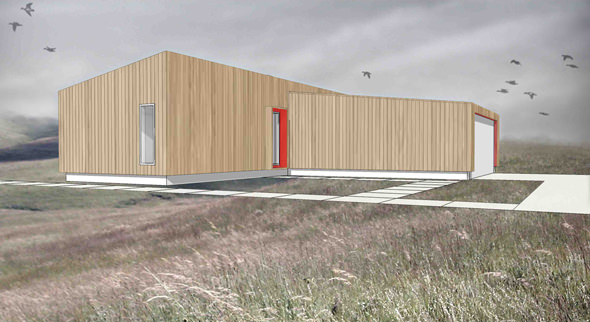 Photography courtesy of Randy Brown Architects.
Photography courtesy of Randy Brown Architects.
Every so often you come across a building that seems so effortlessly designed, so correct in its place, that it looks as if it has always been there – that it was simply meant to be.
In the Midwest, we find this beauty in the remnants of barns, corn cribs, and silos that silently dot our landscape. Engrained in these buildings is an authentic expression of architecture that can only be found in the vernacular traditions specific to its place.
These buildings were crafted with a farmer’s perspective: a strong connection to the land and a labor with your hands mentality, resulting in work that undoubtedly embodies its place. Their beauty comes from slow weathering of wood and steel, honesty of structure resisting its weight, strands of sunlight filtering through slightly scattered boards, clear functions and confident scales, and a sense of whimsy and poetic delight.
We are lucky enough to notice these qualities every day in the landscape around us, and we try to capture these same qualities in our own work.
Edward Larrabee Barnes understood these qualities as well. By resisting much of the frivolous and novel academic debate of the day, Barnes found greater depth in the world immediately surrounding him. He sought a quiet, lucid, resolute, and beautiful architecture.
Much of Barnes’s work, specifically his intervention at the Haystack campus, responded to its environment in a way that could be most simply described as profoundly silent. He allowed his architecture to organize and express the rituals of daily life in a way that transformed the pragmatism and purposefulness of modern architecture to a level of poetic prose. Barnes truly understood the essence of the vernacular.
Randy Brown Architects
5550 McKinley Street
Omaha NE 68154